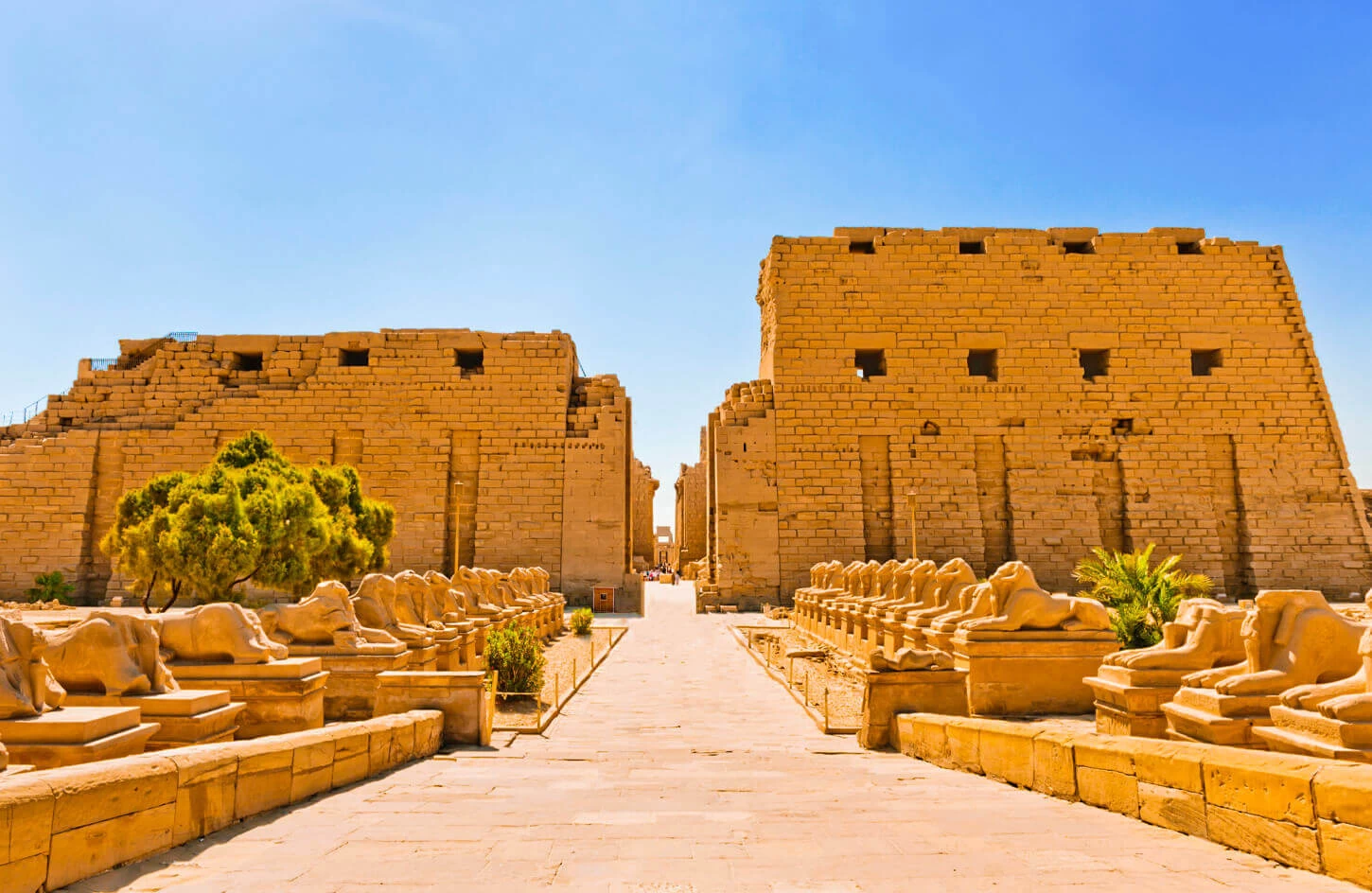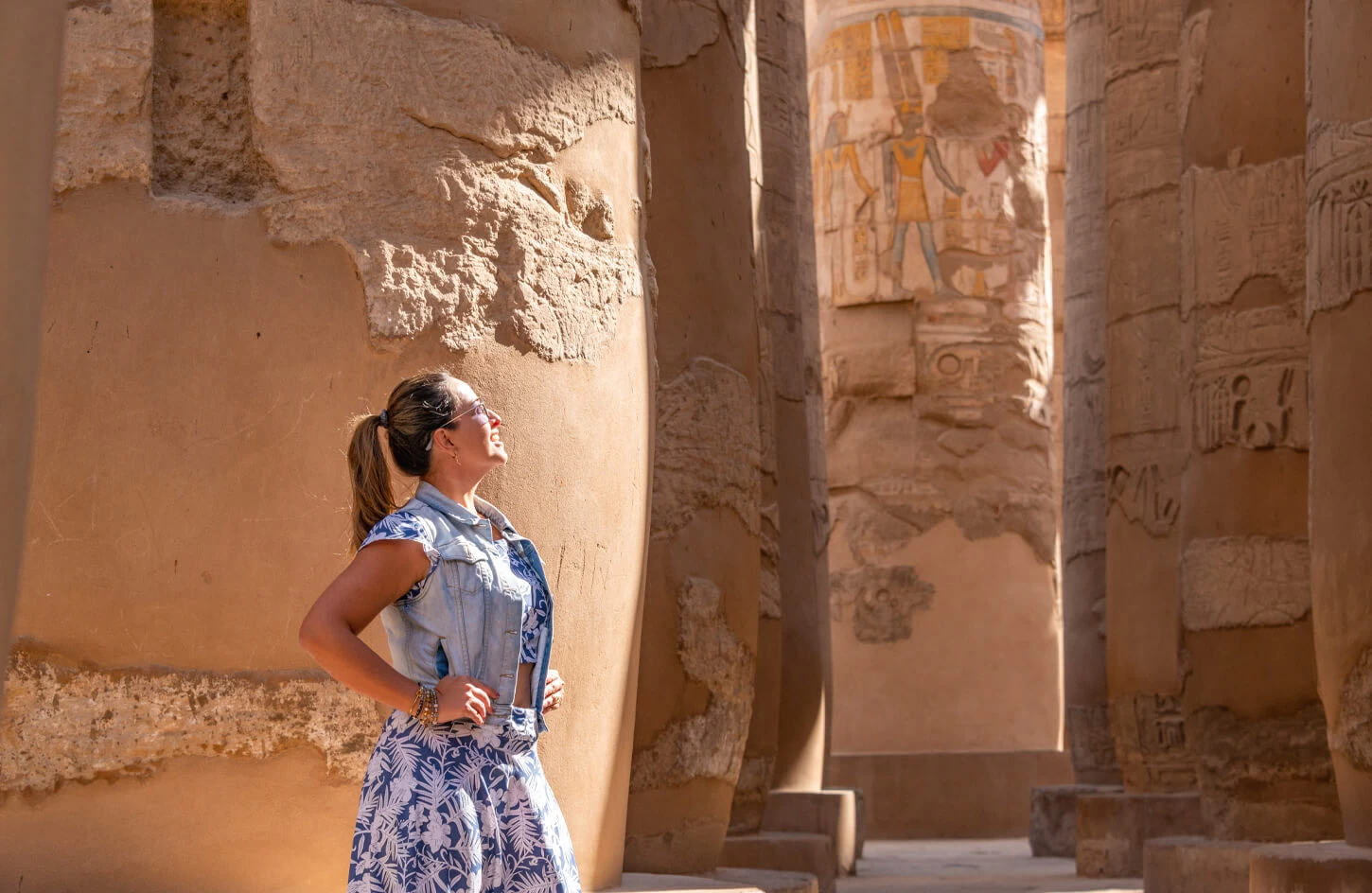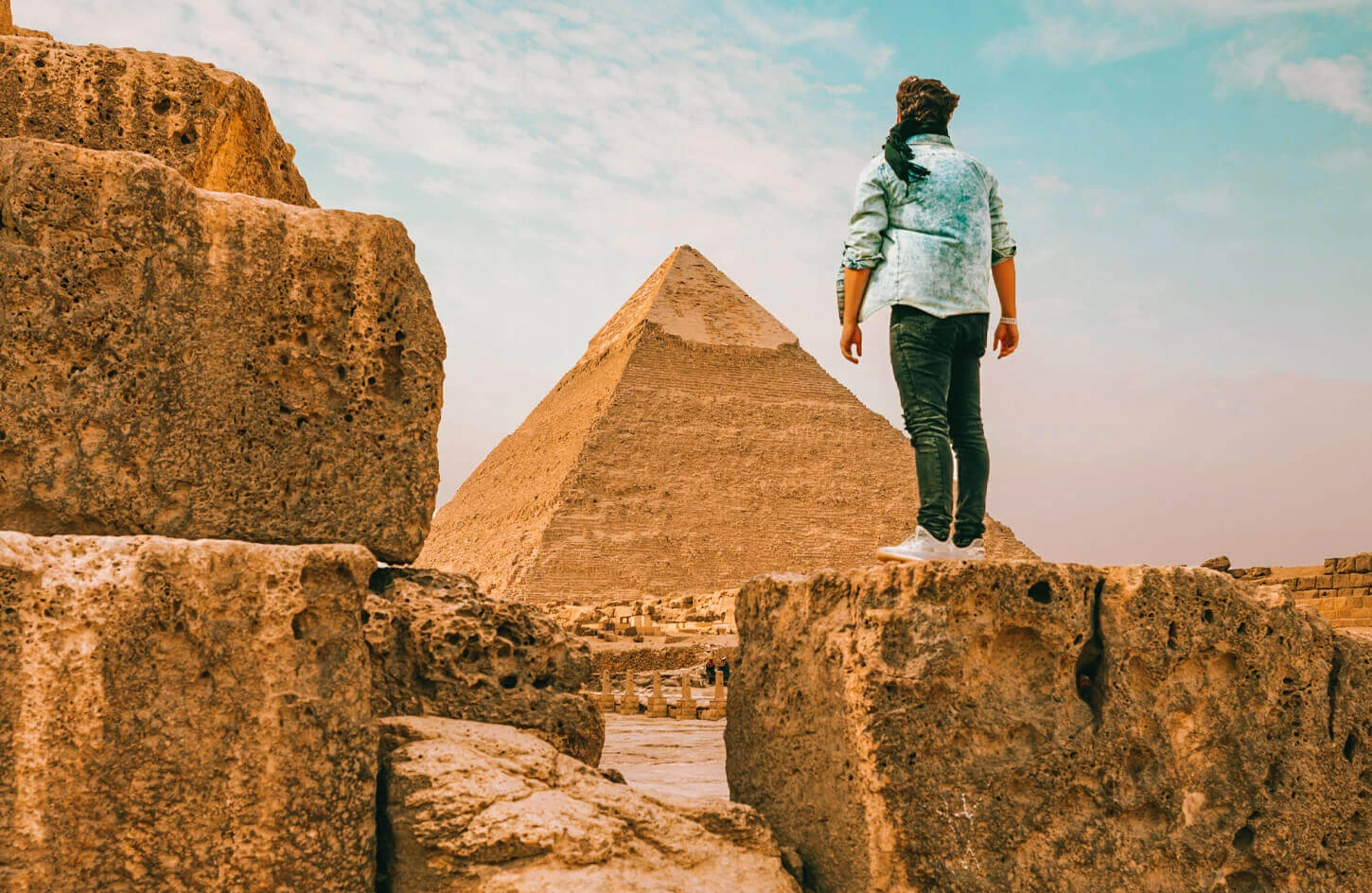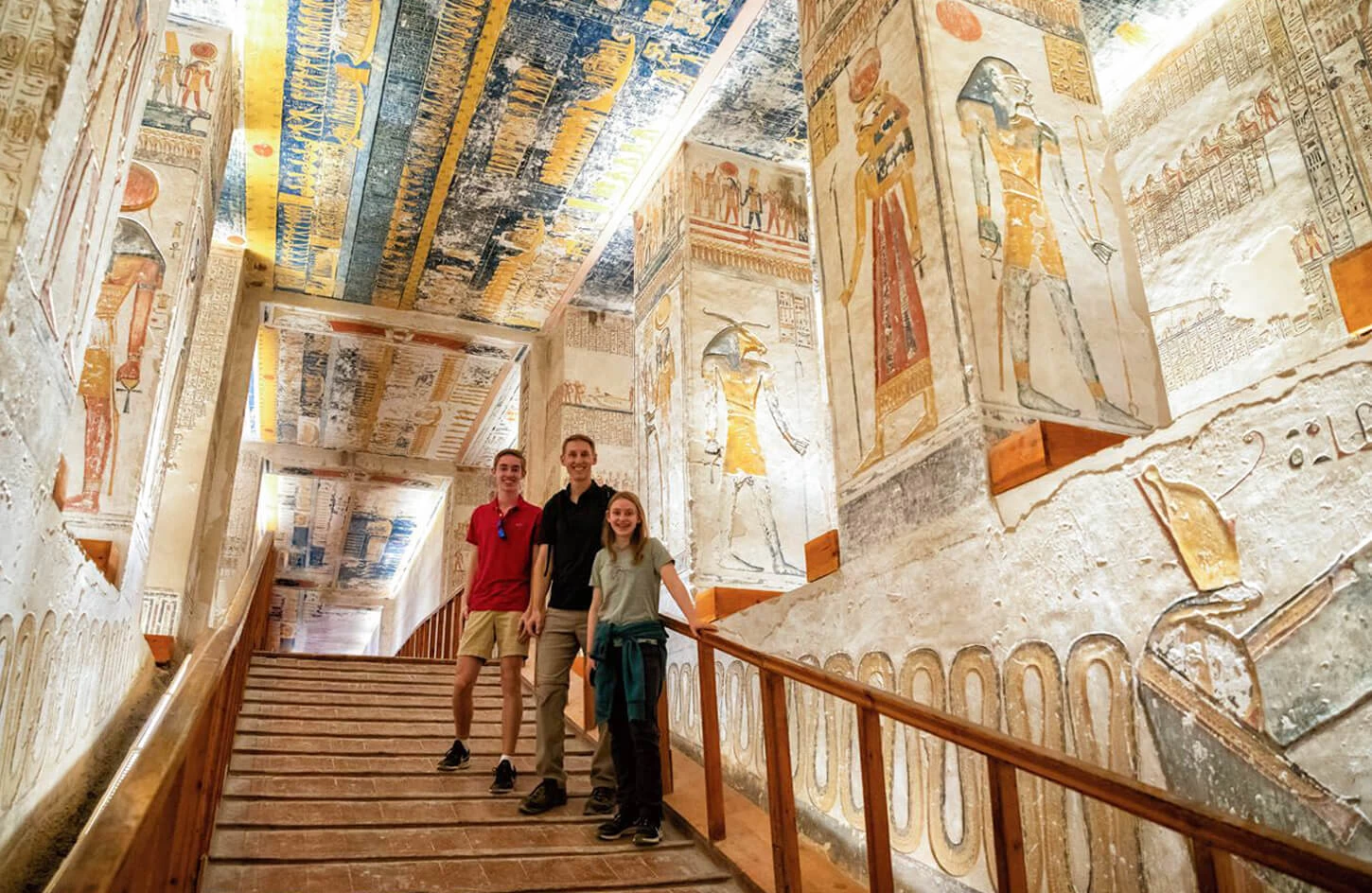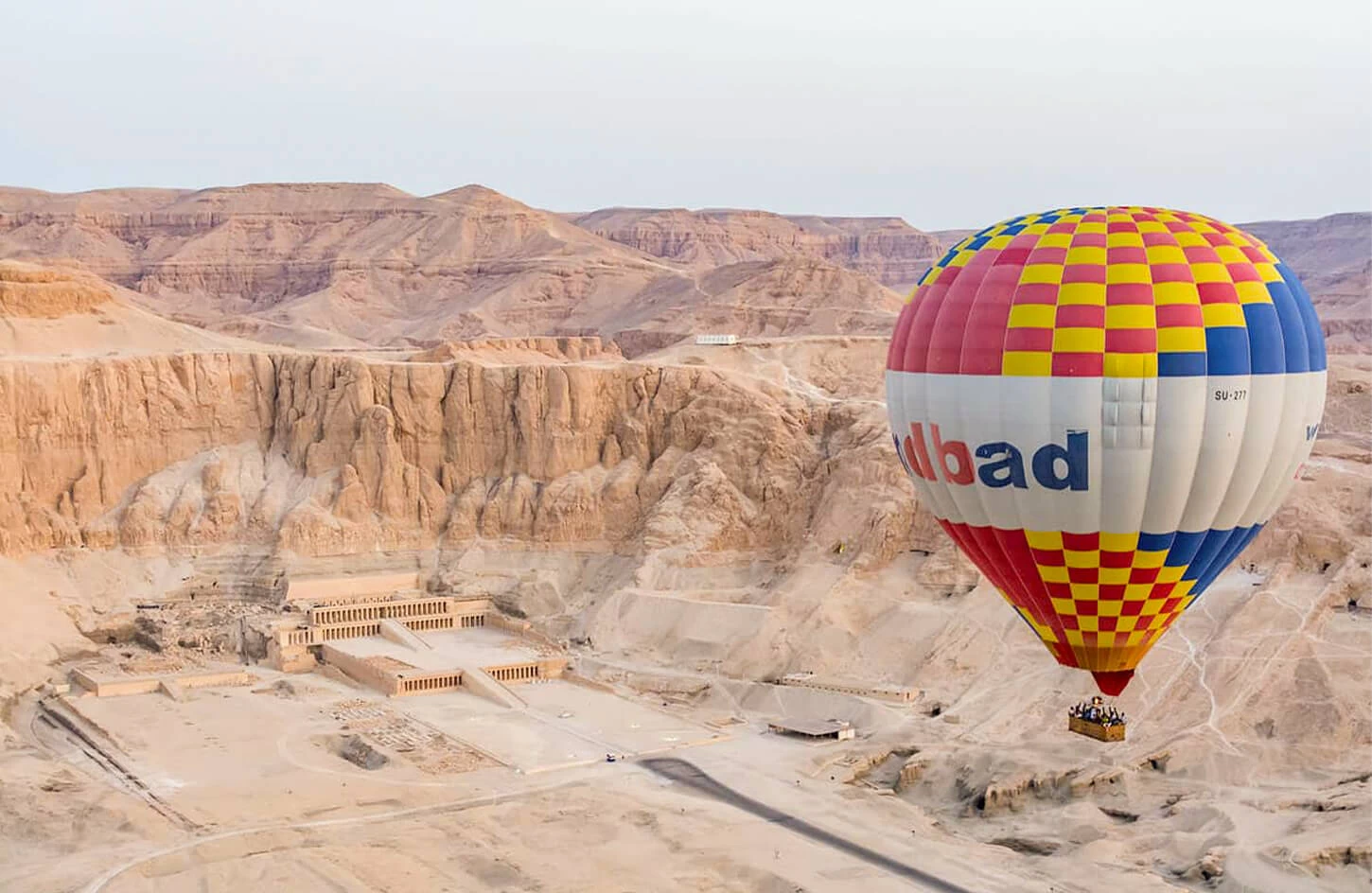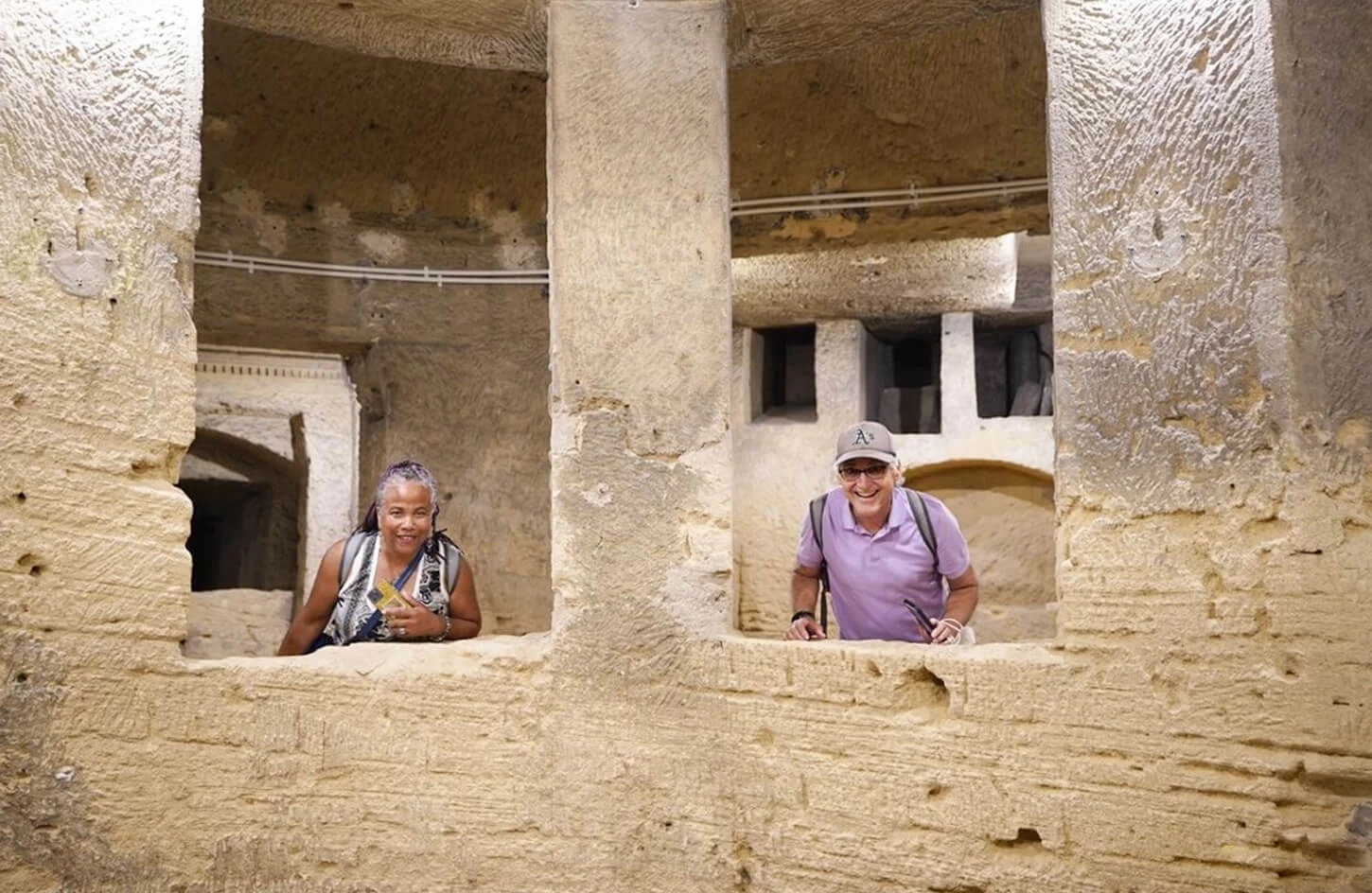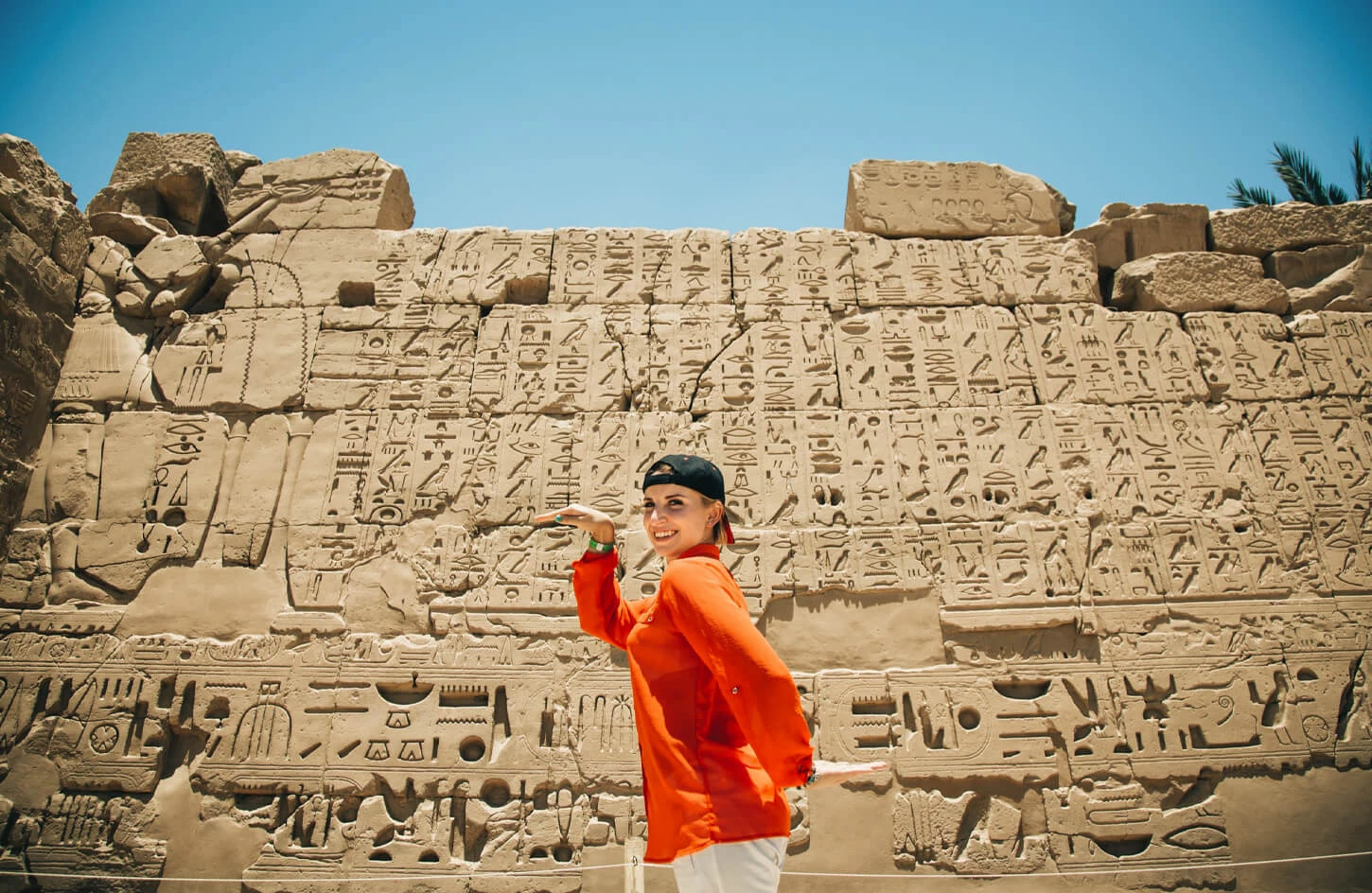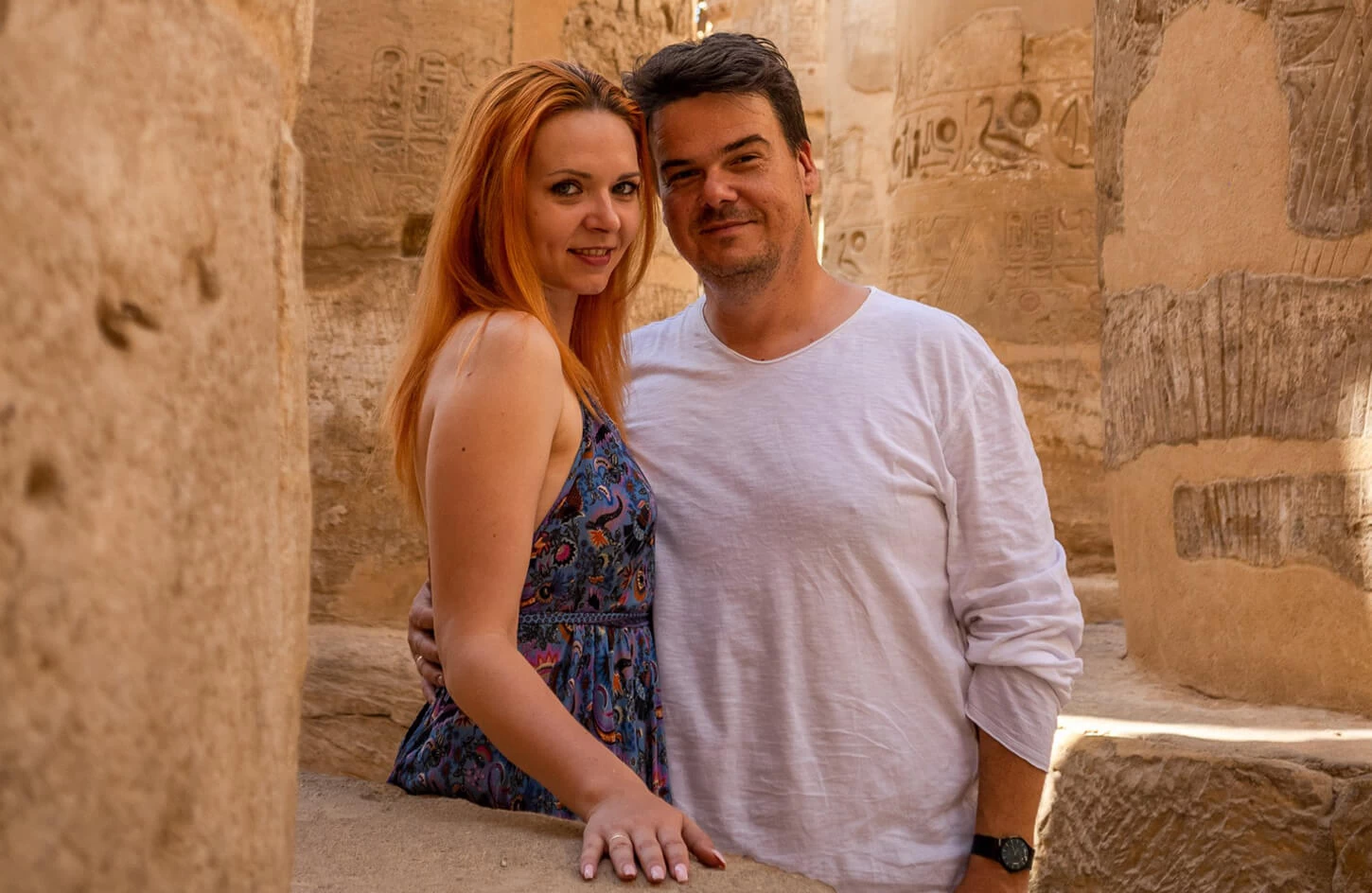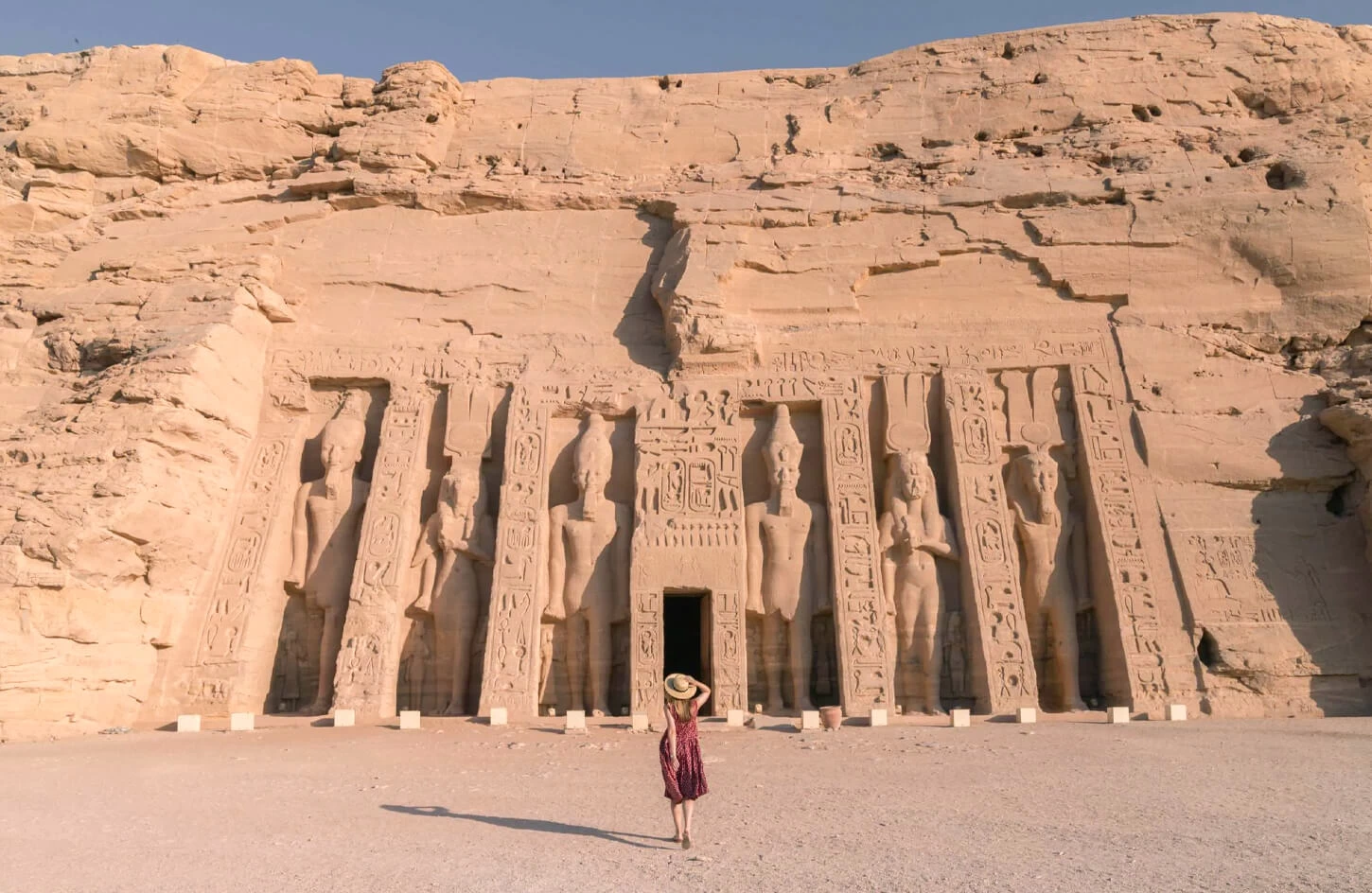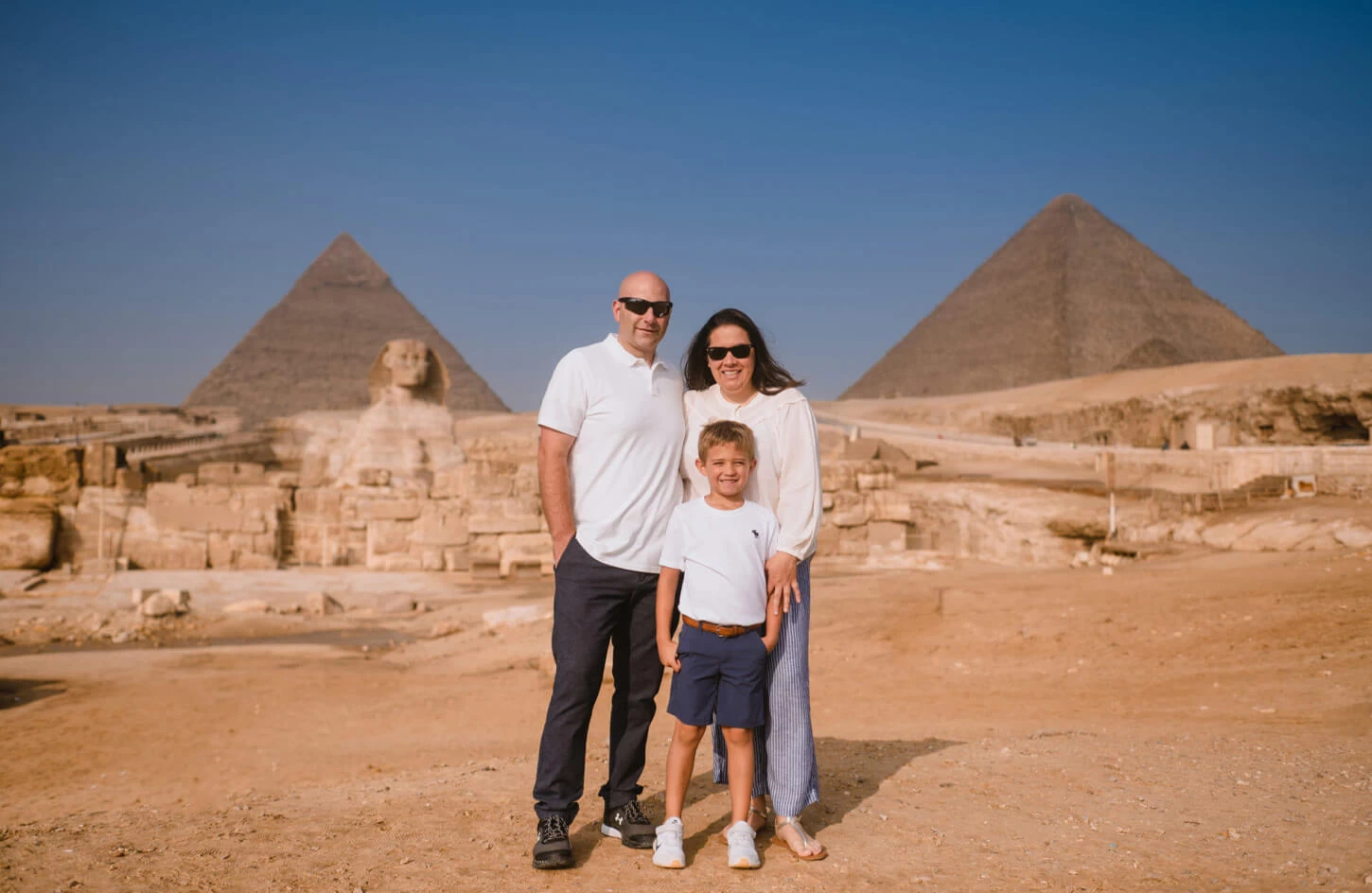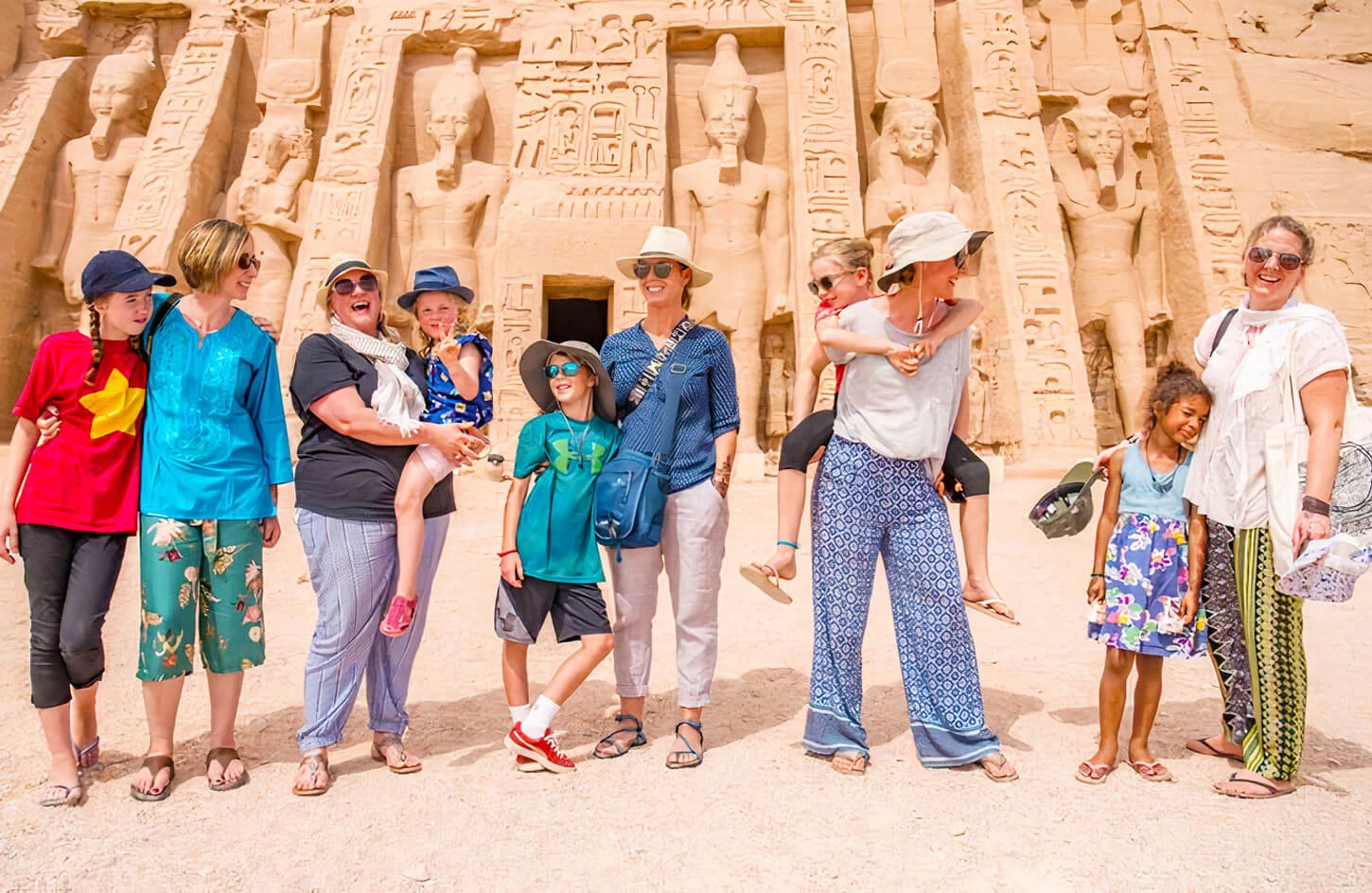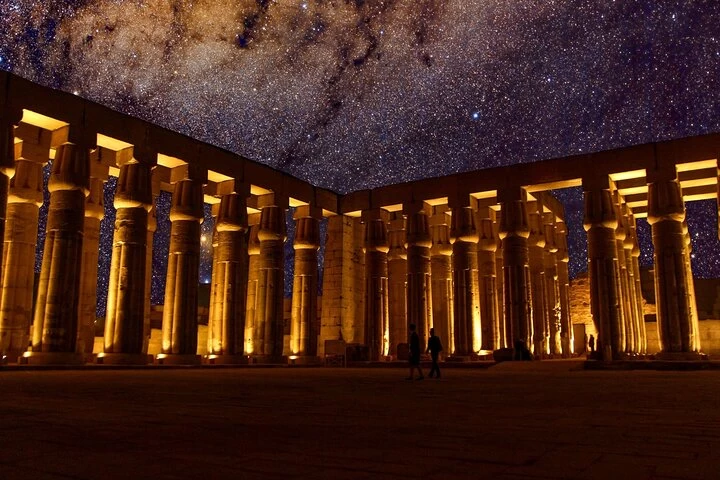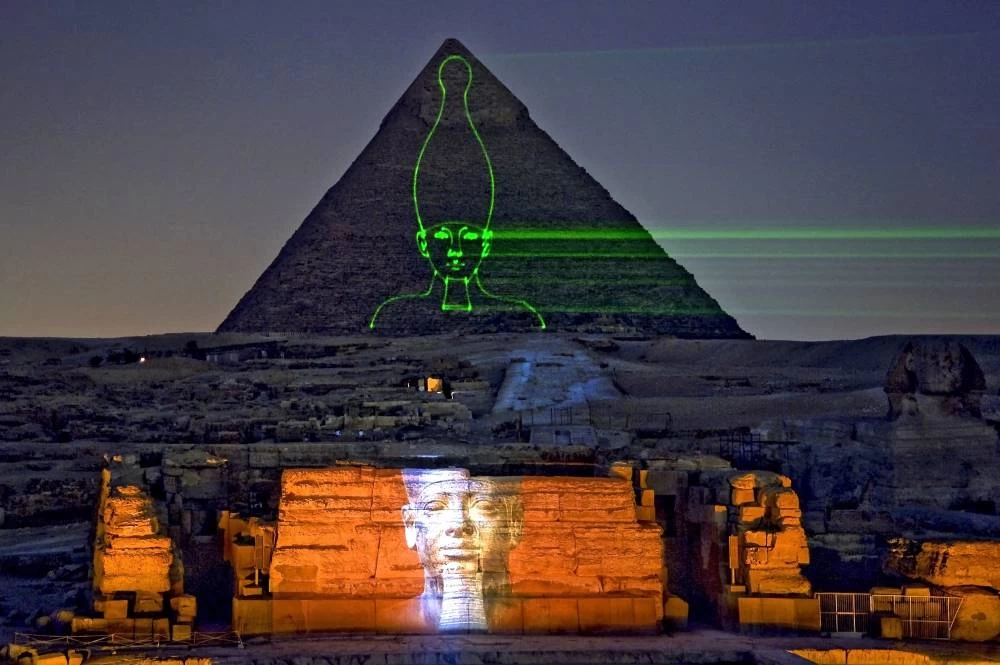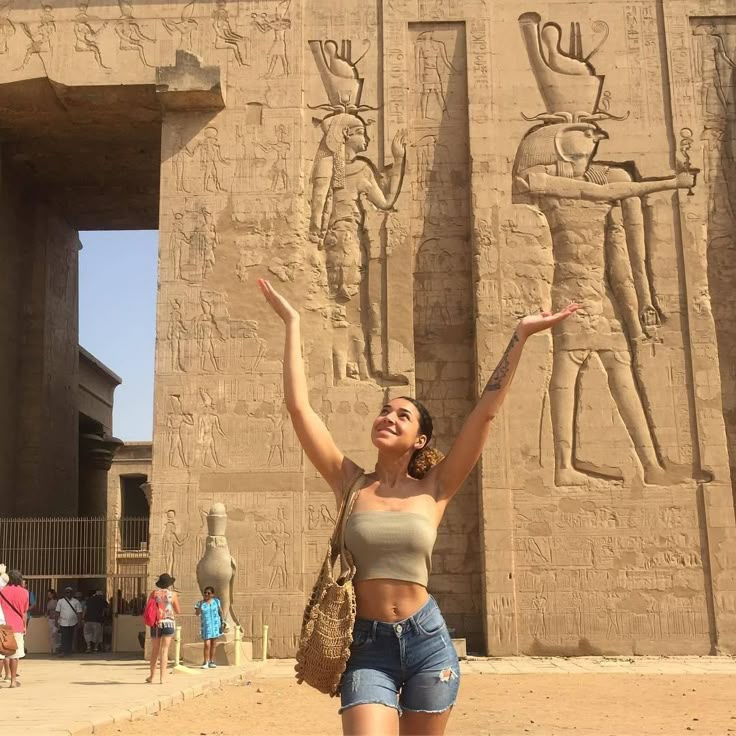Luxor Temple

Of the memorable temples built by ancient Egypt, Luxor Temple perhaps remains the most impressive emblem of Egypt's past glory as much as of architectural brilliance. Visit the site day or night; up to the hour, you will find it magically intoxicating.
In this guide, we will explain the subsequent information about the history of Luxor temple, the architecture of the temple, Luxor temple against Karnak temple, and the reasons why this site should be among the top temples to visit in Egypt Tour.
History of Luxor Temple
Constructed during the New Kingdom, Luxor Temple dates to 1400 BC and was built for Pharaoh Amenhotep III and added to by Ramses II; but Luxor Temple was different from other temples of ancient Egypt. Rather than celebrating the gods, it was a center for divine kingship where coronation of the pharaohs took place. It was very much related with the Opet Festival in Egypt, a great and annual event connected to the rejuvenation of the king and the pharaonic connection with the gods.
It was still in use throughout the many historical eras. In the Roman age, it was adapted as a military base, and in later centuries parts of the temple were used as a mosque, which survives to this day. So, it provides a good mix of civilizations making it one of the most unique historical sites at Luxor.
Luxor Temple Night Visit
Exploring Luxor Temple at night is one of the most enchanting things to do in Luxor, offering a breathtaking view of illuminated statues and columns. Visitors who explore the temple at night often describe the experience as stepping back in time, where they can truly feel the power and grandeur of ancient Egyptian temples. The quietness of the night adds to the sense of wonder, allowing for a more personal and immersive journey through history.
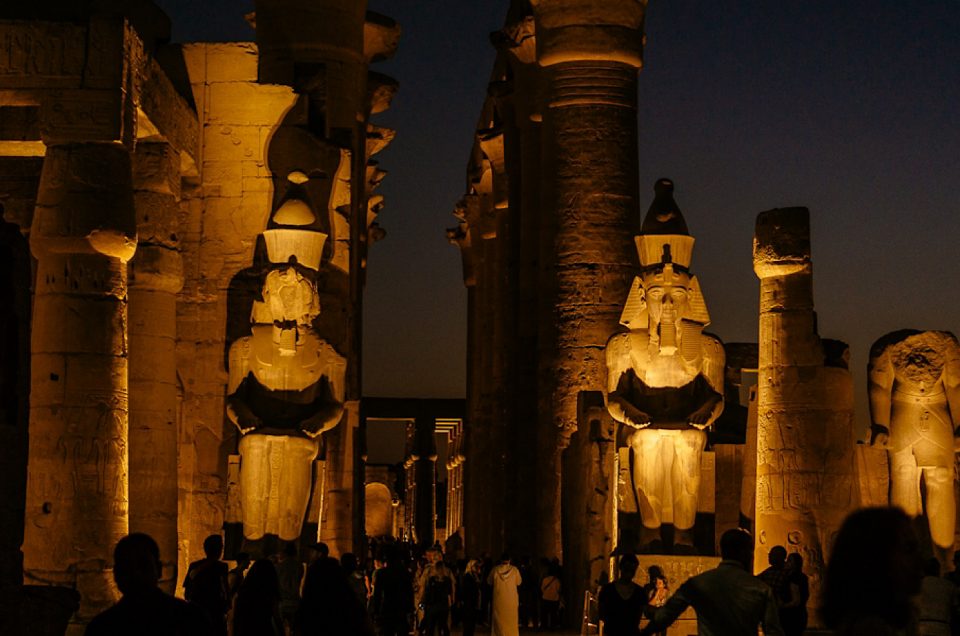
Why Luxor Temple Is A Must-Visit on Your Egypt Trip?
Luxor Temple, one of Egypt's most famous historical sites. Here is why you should not leave it off your list:
Architectural Beauty: Colossal statues, soaring columns, and intricate hieroglyphics of the temple represent the finest piece of ancient Egyptian architecture.
Vivid History: The temple was built by Pharaohs Amenhotep III and Ramses II and was the leading venue for state activities such as the Opet Festival.
Emerged Cultures: In the temple, you find Roman chapels lying in the shadow of Islamic structures, giving testimony to centuries of history.
The beauty of the temple is enhanced by its lighting at night, making it an enchanting and unforgettable visit.
Architectural Wonders of Luxor Temple
Isn't Luxor Temple a fine example of ancient Egyptian architecture? Great elevations, vast in size, decorated with profuse reliefs; it tells of Egypt's destiny. Some of its marvelous features are the following:
The Avenue of Sphinxes: A 3-kilometer-long way flanked by sphinx statues that once linked Luxor Temple with Karnak Temple. After recent restoration, this avenue provides a route for visitors to walk in the footsteps of ancient Egyptians.
The Grand Entrance (Pylon): It was built by Ramses II, and on either side of the entrance, there are huge statues of the pharaoh, who once had obelisks standing in front of it (one in Paris at the Place de la Concorde).
The Colossal Statues and the Hypostyle Hall: Huge statues of the pharaohs can be seen in the temple, as well as the spectacular Hypostyle Hall filled with colossal pillars with intricate carvings.
Chapel of Alexander the Great: An aberration where we can see evidence for Greek impact on ancient Egypt, showing how the Luxor Temple was changed for use in different eras.
Such architectural wonders make Luxor Temple one of the temples in Egypt that history buffs and architecture lovers must visit.
Luxor Temple vs. Karnak Temple: Which Will You Go For?
Many travelers ponder about the Luxor Temple of Karnak. While both are mind-blowing, they offer different experiences. The much bigger, main religious center of Thebes, Karnak Temple, is well known for its huge Hypostyle Hall, sacred lake, and many shrines dedicated to various gods.
Luxor Temple, small but with great history as the venue for royal ceremonies and home of the Opet in Egypt. If at all possible, one ought to try to see both Karnak and Luxor temples, being linked by the Avenue of Sphinxes and being among the best sites to see in Luxor.
Luxor Temple is one of the must-visit temples in Egypt, offering an unforgettable experience for history lovers and architecture enthusiasts alike. Either on a daytime exploration or a nighttime experience at Luxor Temple, so, if Egypt is on your itinerary, be sure to include Luxor Temple, for it is indeed one of the temples that you have to visit in Luxor Tour.
Are you ready to explore one of Egypt's most amazing monuments? Book your Luxor tour and see this magic of ancient Egyptian history up close!

